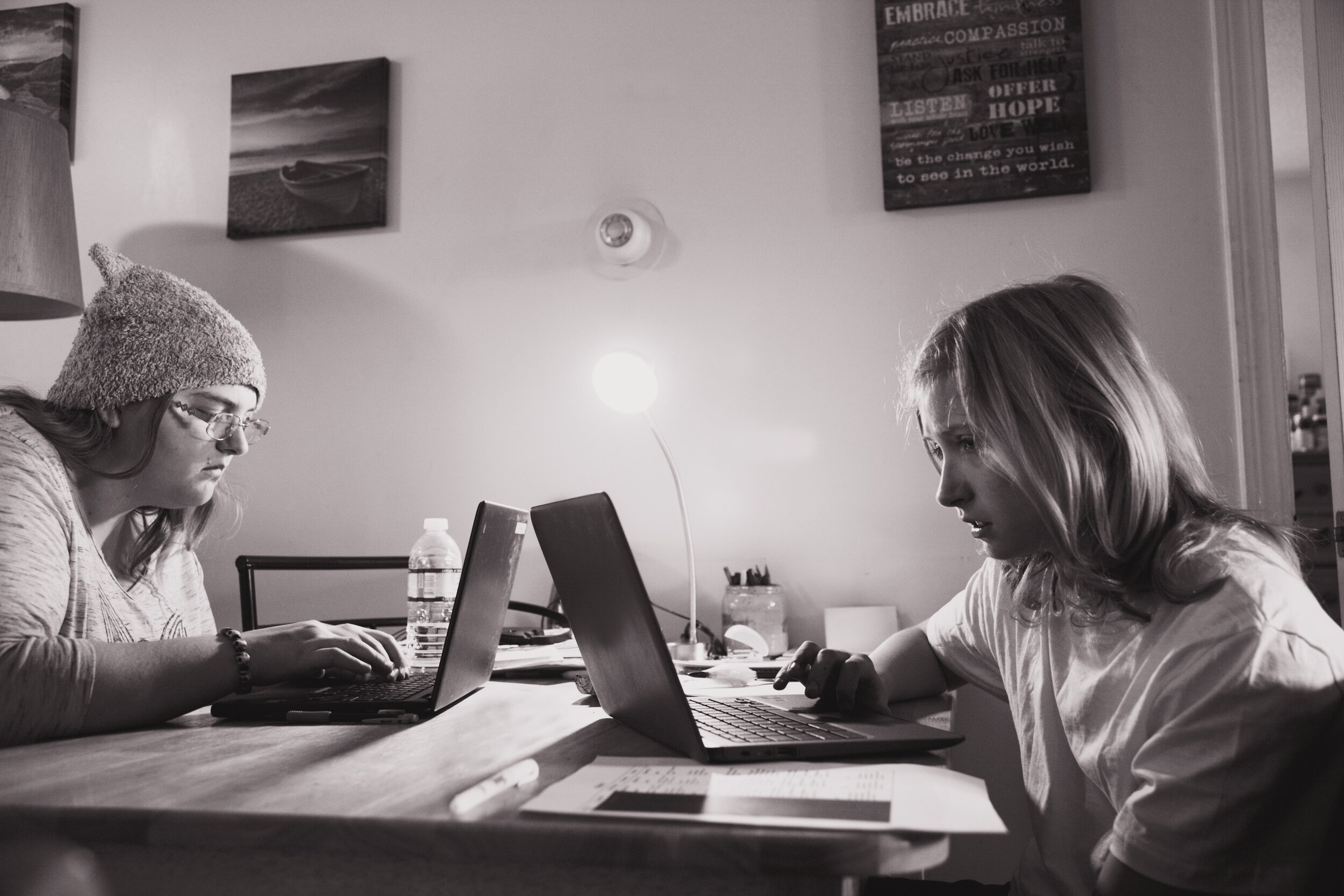How Mindfulness Can Enrich Your Life
Jill Stoddard
by Auti Scolman
Mindfulness. We hear that word all the time, but what exactly does it entail? Think of it as the practice of focusing your awareness on the present moment, and acknowledging and accepting your feelings, thoughts, and sensations in your body. In other words, mindfulness is the practice of paying attention to the here and now in a non-judgmental way.
There are so many benefits to practicing this therapeutic technique. Here are just a few:
Respond to Stress and Anxiety More Effectively:
One of the most well-known benefits of mindfulness is its ability to help us cope with stress and anxiety. When we’re mindful, we’re better able to regulate our emotions and handle difficult situations. Mindfulness takes us off autopilot and creates a space from which we are more able to identify our triggers and take thoughtful steps to manage them.
Improve Physical Health:
Research has shown that mindfulness can improve physical health in a number of ways. It has been linked to lowered blood pressure, improved sleep, and a strengthened immune system. It can also help ease chronic pain and other physical conditions that impact your quality of life.
Enhance Mental Health:
Mindfulness can also improve our overall mental health. It’s been shown to reduce symptoms of depression and improve overall well-being. Many people who practice mindfulness report an increased ability to be present rather than stuck in rumination, a greater enthusiasm for life, and improved self-compassion.
Promote Better Relationships:
When we’re present and aware, we’re able to actively listen and be fully attuned in our interactions with others. This can lead to stronger communication and deeper connections.
Increase Self-Awareness:
When we’re mindful, we’re better able to witness our thoughts, feelings, and behaviors, which can help us make informed decisions that move us toward our values and help us live a more authentic life.
In conclusion, mindfulness is a powerful tool that can bring about a number of benefits to your daily life. Mindfulness, or Present Moment Awareness, is one of the six core processes taught in Acceptance and Commitment Therapy, and is one of the skills that helps increase our psychological flexibility. In other words, it helps us observe and make space for uncomfortable thoughts and feelings so that we’re able to move toward the things that matter most to us. There are a lot of activities that incorporate mindfulness and it may take some time to find what practices work for you. You can try journaling, meditating, or restorative yoga, or simply pay attention to the present moment using your senses—notice what you see, hear, smell, touch, and taste in a non-judgmental way. The key to developing a mindful mindset is consistent effort- you’ve got this! If you would like some support in practicing mindfulness and increasing psychological flexibility, CSAM can help.
IF YOU OR SOMEONE YOU LOVE NEEDS SUPPORT AND MIGHT BENEFIT FROM COGNITIVE BEHAVIORAL THERAPY (CBT) OR ACCEPTANCE AND COMMITMENT THERAPY (ACT) FOR ANXIETY, PANIC, PHOBIAS, STRESS, PTSD, OCD, OR STRESS RELATED TO COVID-19, OR IF YOU WOULD LIKE MORE INFORMATION ABOUT OUR TELEHEALTH SERVICES, PLEASE CONTACT US AT (858) 354-4077 OR AT INFO@CSAMSANDIEGO.COM
0 Likes
Reference:
https://greatergood.berkeley.edu/article/item/five_ways_mindfulness_meditation_is_good_for_your_health


















